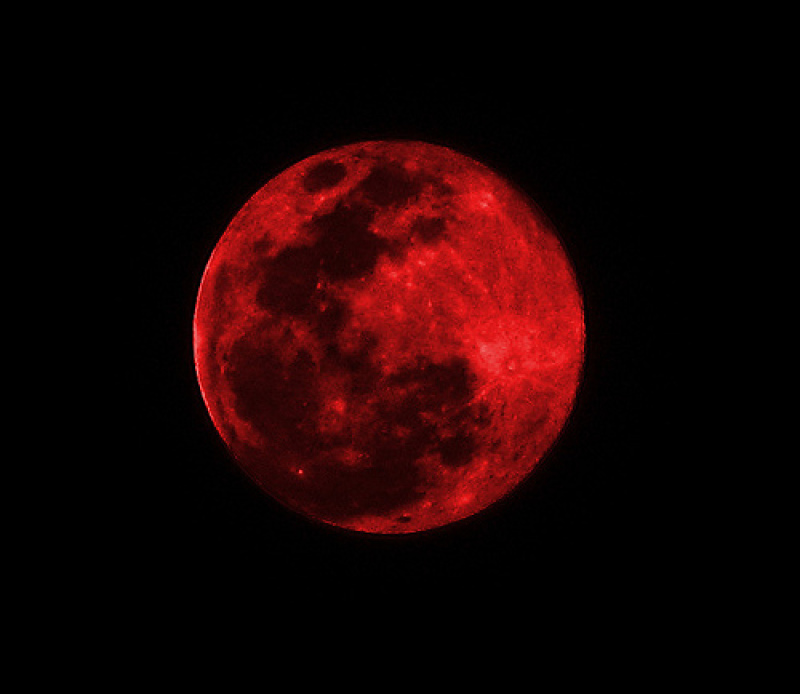
Get ready to witness a rare cosmic event that will happen for the first time in over 30 years.
According to NASA, on September 27 and 28, the world will get to see a full lunar eclipse of a supermoon, Nature World Report has learned.
During this event, a full moon will first appear. Then, the moon will move towards its closest distance to Earth along its orbit, which is also known as perigee. Once this happens, the moon will pass directly behind Earth resulting in a total lunar eclipse.
Since Earth's shadow will cover the moon, it will also prevent the sunlight from reflecting off its surface. This occurrence will then cause the moon to exhibit a reddish tint. This is the main reason why this kind of event is also called blood moon.
But, according to Dr. Jackie Faherty, the hue of the moon will also depend on various factors, such as the particles suspended in the Earth's atmosphere.
"If there is a really good volcanic eruption, they you will get a deep red color," she said according to the NY Daily News.
Also, during this event, the moon will be 14 percent bigger and 30 percent brighter than its normal form.
NASA explained that the last time this type of supermoon event occurred was in 1982. And, since this phenomenon depends on various factors, the next time the world will get to see this rare event again will be sometime in 2033.
Those in the U.S. will be able to watch the extraordinary lunar eclipse on September 27. Those in other regions such as Europe and Africa will get to witness it on September 28.
NASA noted that people do not need to have special equipment to see the event as it will be very visible. They just have to pick a good spot that's not filled with bright lights and look up at the sky.
Although the upcoming event is generally considered as a highly-anticipated event, for some, however, it's a sign of impending doom. Various groups and individuals believe that supermoon events can affect Earth's natural conditions, according to the Long Island Press.
One of them, astrologer Richard Nolle believes that the gravitational forces that will act upon Earth during this event could become strong enough to cause various natural disasters such as tidal waves, earthquakes and volcanic eruptions.
Some groups have even linked the earthquake and tsunami that devastated Japan and caused the Fukushima Daiichi Nucelar Power Plant meltdowns to the supermoon event that occurred on March 19, 2011.

















